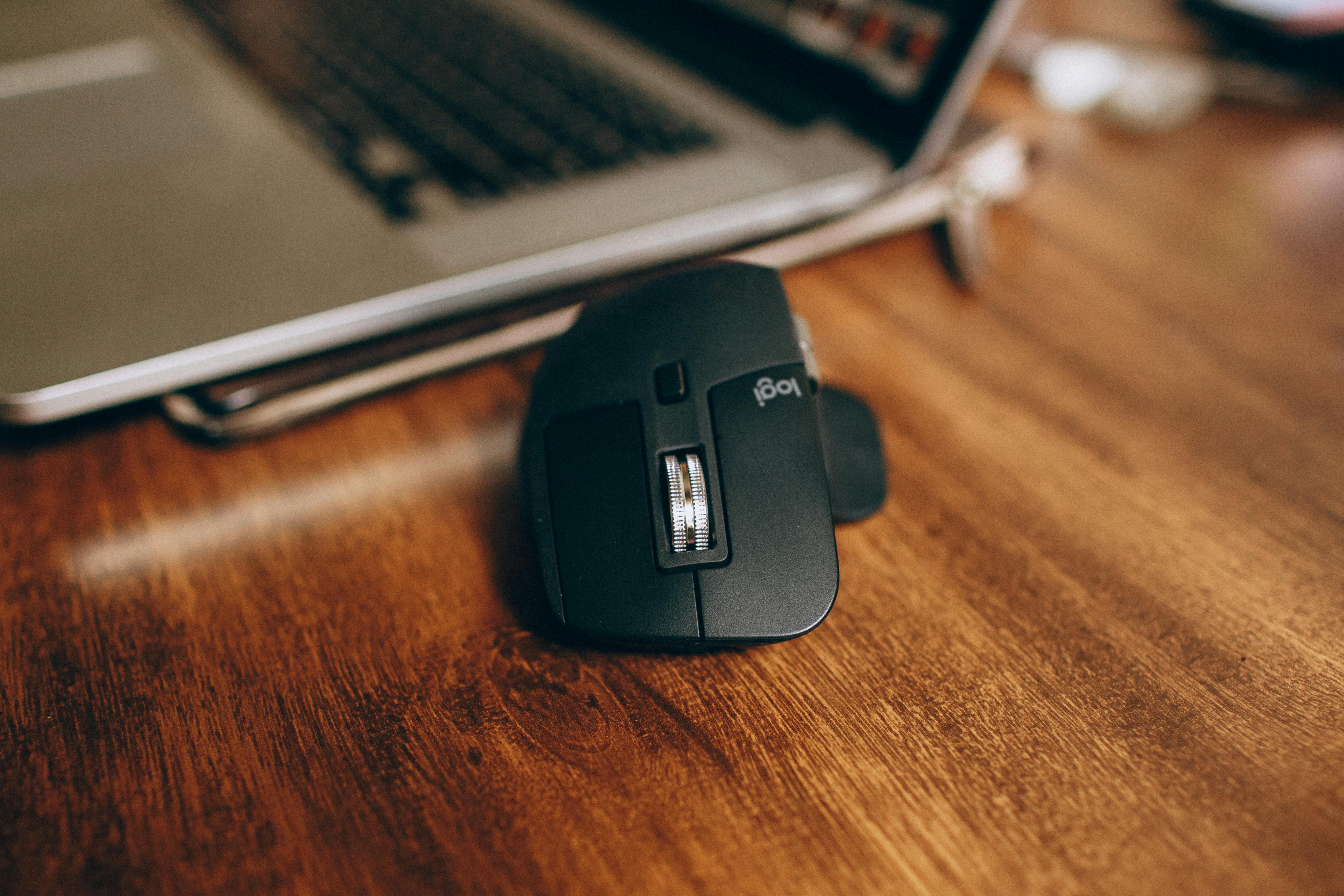How to choose and use an ergonomic mouse to protect your hand and wrist health
In today’s digital world, the mouse is essential for most of us. However, if not used ergonomically, its frequent use can lead to repetitive strain injuries (RSI) and carpal tunnel syndrome (CTS). An ergonomic mouse is designed to minimise strain and provide comfort, even during long work hours. Here's how to select the best ergonomic mouse and tips for using it effectively.
Choosing the right ergonomic mouse
- Design matters:
- Vertical mouse: Keeps your wrist in a neutral "handshake" position, reducing forearm twisting and wrist strain.
- Trackball mouse: A stationary design that uses a rolling ball for cursor movement, allowing your entire hand to rest comfortably while minimizing finger motion.
- Contoured mouse: This mouse offers a natural shape that cradles your hand, aligning your wrist and forearm for a relaxed grip.
- Size: The mouse should fit your hand comfortably. A mouse that’s too large or too small can force awkward grips, causing strain. Ensure your fingers can rest naturally on the buttons without stretching or clenching.
- Button placement: Look for buttons that are easy to reach and press without straining. Some ergonomic mice offer programmable buttons, which reduce repetitive movements by letting you customize actions.
- Wired vs. wireless:
- Wired: No need to worry about batteries; great for uninterrupted use.
- Wireless: Provides more freedom of movement and eliminates desk clutter, making it ideal for dynamic workspaces.
- Sensitivity (DPI - Dots Per Inch): Adjustable DPI settings let you fine-tune the mouse’s sensitivity. This allows smoother cursor movement with less hand motion, reducing strain on your wrist and forearm.
Using your ergonomic mouse effectively
- Correct placement: Position your mouse close to your keyboard to avoid overreaching. Your arm should remain close to your body, with your wrist in a neutral position—neither bent nor twisted.
- Grip lightly: Avoid gripping the mouse too tightly. Use a gentle, relaxed hold and apply a light touch to click and scroll.
- Move with your arm: Instead of moving the mouse with just your wrist, engage your whole arm. This distributes the workload and reduces localized strain on smaller muscles.
- Take regular breaks: Pause every hour to stretch your hands, fingers, and forearms. Simple stretches can improve circulation and help prevent stiffness or cramping.
- Keep it clean: A clean mouse and mousepad reduce drag, ensuring smooth movement and minimising the force to operate the mouse.
Conclusion
Choosing an ergonomic mouse is an investment in your long-term health and productivity. Select a design and size that feel natural in your hand, and prioritise features like button placement and sensitivity for personalised comfort. Once you’ve found the perfect mouse, use it mindfully. Keep it close, grip lightly, move with your arm, and take regular breaks. With these practices, you can easily navigate your workday and protect your musculoskeletal health for years to come.



